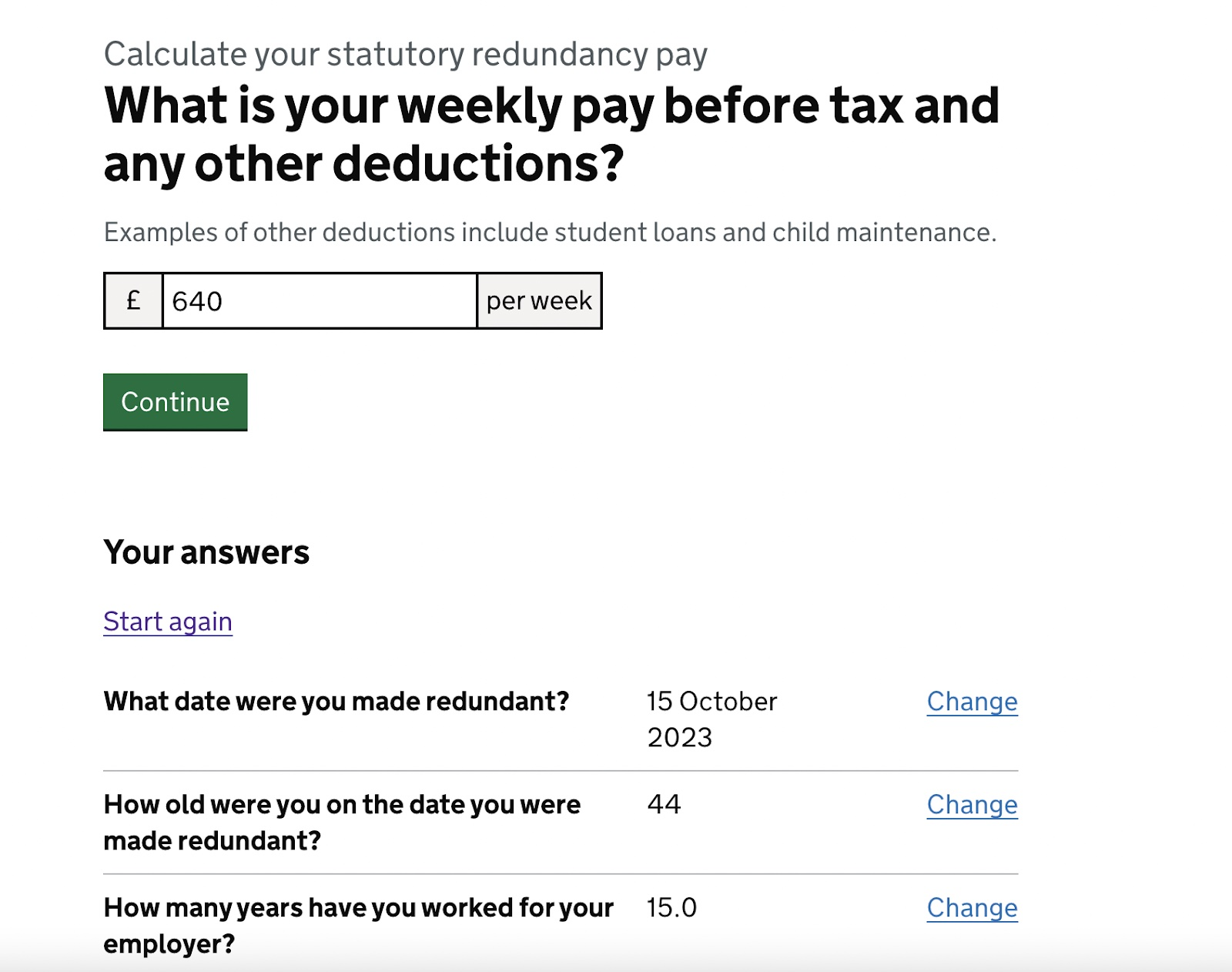Who Pays Redundancy Money? A Comprehensive Guide for Employers and Employees
Who Pays Redundancy Money? A Comprehensive Guide for Employers and Employees
Blog Article
Exploring the Interaction Between Firm Redundancy and Business Adaptability for Future Development
In the dynamic landscape these days's company globe, the elaborate relationship in between company redundancy and business adaptability arises as an essential variable for sustained growth and success. Companies often deal with the challenge of striking a delicate equilibrium between keeping a level of redundancy to minimize dangers and cultivating adaptability to react swiftly to the ever-evolving market demands. This fragile interplay holds the essential to not only enduring in rough times yet also prospering in the face of uncertainty. As we check out the multifaceted dimensions of this interaction, intriguing insights right into just how organizations navigate these complexities to lead the method for future development wait for.
Relevance of Firm Redundancy
Firm redundancy is an essential element that enhances organizational resilience and reduces functional dangers. By integrating redundancy procedures within the business framework, business can better endure unanticipated interruptions and changes in business atmosphere. Redundancy acts as a tactical buffer, permitting firms to adjust and react properly to unanticipated obstacles without jeopardizing vital operations.
One key aspect of the relevance of company redundancy is its duty in making certain connection throughout times of situation. When confronted with unexpected changes or emergencies, redundant systems, sources, or workers can action in to maintain crucial features and stop widespread interruptions. This continuity not only safeguards the business's credibility and customer trust fund however also lessens monetary losses and operational downtime.

Strategies for Organizational Adaptability

One more essential method is spending in technology and framework that can sustain versatility and scalability. Executing electronic devices, automation, and information analytics can streamline operations, improve performance, and offer important insights for notified decision-making. Additionally, developing versatile business frameworks that enable for fast modifications to market dynamics and customer needs is vital for staying competitive in a quickly developing atmosphere. By proactively identifying potential disruptions and possibilities, companies can proactively prosper and adapt in an ever-changing company landscape.
Balancing Redundancy and Adaptability
Attaining an unified equilibrium between functional redundancy and organizational versatility is extremely important in navigating the intricacies of a vibrant business atmosphere. Striking the ideal equilibrium between redundancy and versatility is a fragile procedure that requires a deep understanding of the organization's objectives, sector characteristics, and risk tolerance.
To attain this equilibrium, firms require to perform normal analyses of their procedures to recognize locations where redundancy is essential for threat reduction and where flexibility can drive innovation and development. Implementing adaptable frameworks, cultivating a society of constant discovering and enhancement, and motivating open communication across all levels of the organization are key strategies to integrate redundancy and flexibility properly. By straightening these two vital aspects, companies can position themselves for sustainable development and success in an ever-changing organization landscape.
Study on Adaptation Success
In examining instances of successful business adjustment, it comes to be evident that the interaction between operational redundancy and flexibility is a defining element in shaping durable organizations. A DVD rental solution, Netflix showed amazing versatility by transitioning right into a streaming platform when digitalization disrupted the industry. These case research studies highlight the importance of operational redundancy combined with organizational adaptability in promoting long-lasting growth and competitiveness.
Building Resilience for Future Growth
Structure resilience for future development needs a strategic placement of operational procedures with market dynamics and arising patterns. Firms need to adapt to altering environments by cultivating a culture of adaptability, innovation, and continual enhancement.
In addition, promoting solid connections with stakeholders, such as consumers, workers, distributors, and the community, is important for weathering unpredictabilities and maintaining trust fund and assistance during turbulent times. Efficient communication and openness play a vital function in structure resilience, as they assist promote and align expectations cooperation in navigating uncertainties.
Moreover, companies need to prioritize discovering and growth initiatives to upskill workers and equip them with the needed devices to informative post adjust to address changing situations. By spending in their labor force, firms can enhance their adaptability and agility, eventually enhancing their strength for lasting future growth.
Final Thought

In the vibrant landscape of today's company globe, the intricate connection in between business redundancy and organizational versatility arises as an important variable for sustained development and success. Firms frequently encounter the challenge of striking a delicate equilibrium in between maintaining a level of redundancy to alleviate threats and fostering versatility to react swiftly to the ever-evolving market demands.To accomplish this equilibrium, firms require to conduct routine evaluations of their procedures to identify areas where redundancy is needed for threat mitigation and where versatility can drive technology and growth.In conclusion, the interplay between business redundancy and business flexibility is critical check it out for future growth. Building resilience through a combination of redundancy and versatility will make certain that companies are prepared for the challenges of the future.
Report this page